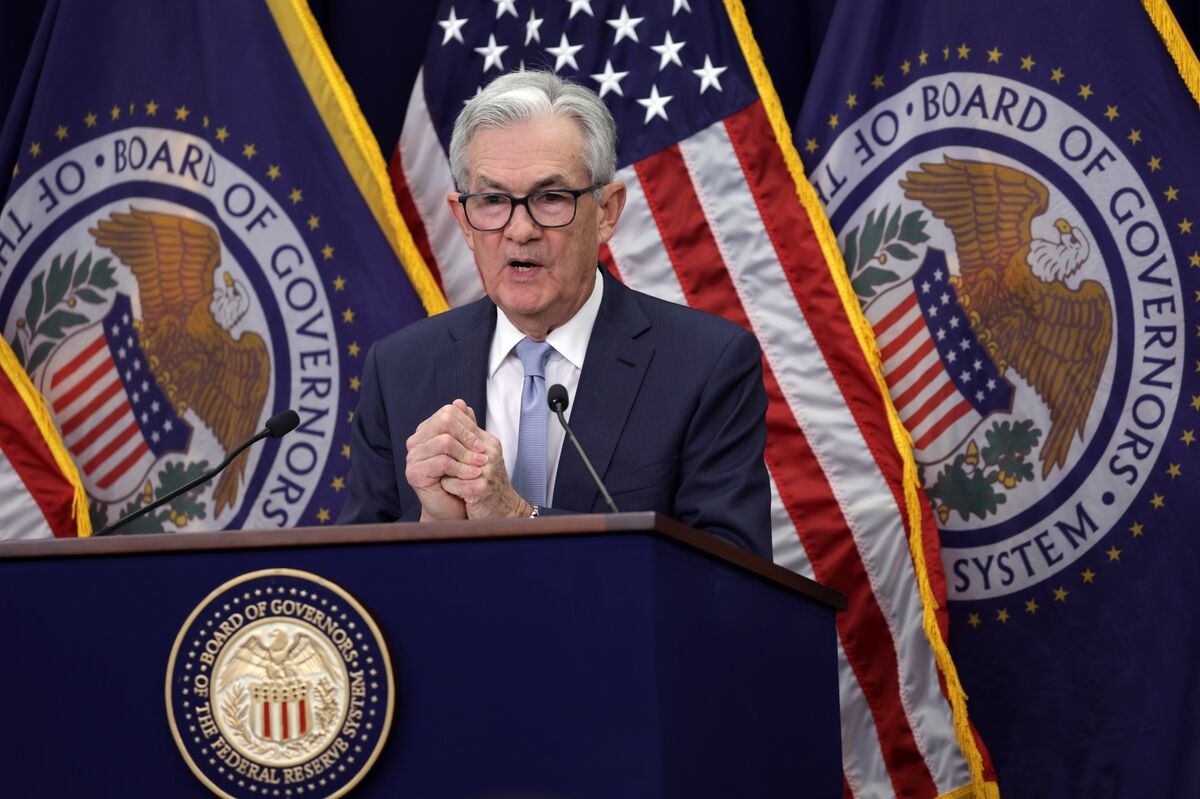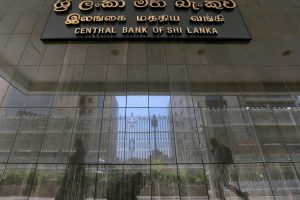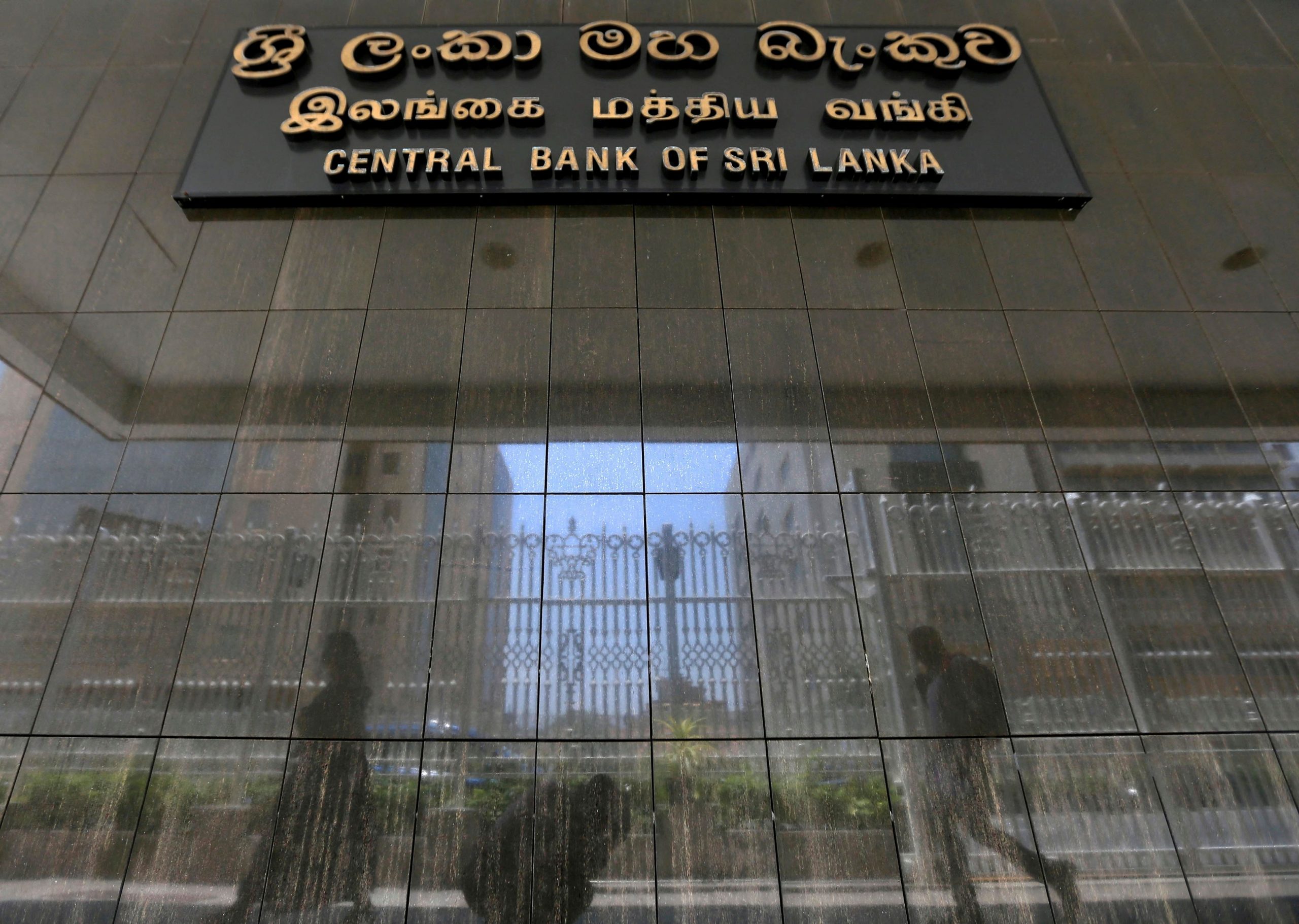The potential US default remains a serious concern; however, there’s another often overlooked yet critical risk – the fallout from a deal to address the debt-ceiling standoff. Many market experts predict that lawmakers will find a solution to prevent a disastrous debt default, but the ripple effects of such a settlement shouldn’t be ignored. The Treasury’s plan to boost its cash reserves and resume borrowing could trigger considerable implications for liquidity, short-term funding rates, and the US economy at large. As a result, investors are being counseled to brace for the possible repercussions of a Washington compromise.
Ari Bergmann, founder of New York-based risk management firm Penso Advisors, advises investors to remain alert to potential ramifications following a debt-limit agreement. He explains that the Treasury will need to rapidly bolster its shrinking cash buffer to fulfill its commitments, which will necessitate an influx of Treasury-bill sales anticipated to surpass $1 trillion by the end of Q3. This sudden wave of supply is expected to rapidly deplete liquidity in the banking sector, escalate short-term funding rates, and exert further pressure on an economy already flirting with recession. According to Bank of America Corp., the economic fallout could mimic the effects of a quarter-point interest rate hike.
The US economy is already feeling the pinch of increased borrowing expenses due to the Federal Reserve’s intense tightening cycle. These higher costs are impacting certain businesses and progressively stifling economic expansion. Bergmann is especially apprehensive about the potential effects of the Treasury’s cash rebuild, as it could precipitate a significant decline in bank reserves.
While the eventual resolution of the debt-ceiling crisis is widely expected, the likely subsequent sudden drain of liquidity is a prime concern. A drop in liquidity is historically known to adversely affect risk markets, including equities and credit. Thus, even after the debt ceiling deadlock is resolved, the interplay between the Treasury’s cash balance, the Federal Reserve’s quantitative tightening program, and the effects of increased policy rates are anticipated to cast a shadow over both risk assets and the broader economy.

Following a resolution of the debt cap, a substantial increase is anticipated in the US cash reserve, known as the Treasury General Account. As per Treasury estimates, it could rise to $550 billion by the end of June from the current level of around $95 billion. This cash surge will likely have far-reaching effects on liquidity throughout the financial system since these funds, held as the government’s checking account at the Federal Reserve, feature on the liabilities side of the central bank’s balance sheet.
When the Treasury floats more bills than necessary for a specific period, it swells its account, effectively withdrawing cash from the private sector and depositing it into the Treasury’s account at the Fed. The Federal Reserve’s reverse repurchase agreement facility, or RRP, another key piece of this complex puzzle, offers money-market funds a slightly above 5% rate to store cash with the central bank overnight.
The sizeable RRP program, currently over $2 trillion, is also a liability for the Federal Reserve. If the Treasury’s cash balance inflates while RRPs shrink, the drain on reserves is lessened. However, Citigroup Inc.’s global markets strategist, Matt King, suspects that money funds will likely maintain cash in RRPs, resulting in a considerable depletion of bank reserves when the Treasury’s cash inflates. This will happen when major central banks are already siphoning off liquidity through their tightening initiatives and balance sheet reduction efforts.
Barclays Plc strategist Joseph Abate cautions that if money funds resist withdrawing cash from RRPs to buy newly issued bills, it would drain bank reserves to a greater extent and potentially force the Federal Reserve to reconsider its quantitative tightening program that has been in place for roughly a year.
The Treasury, aware that a flood of Treasury-bill sales could unsettle markets, has sought guidance from primary dealers regarding possible market stress during the refunding period. These dealers have advised the department to closely monitor markets and avoid refilling its cash balance too swiftly.
With the US teetering dangerously close to the federal debt limit of $31.4 trillion, there’s a risk it could fail to meet all payment obligations. Treasury Secretary Janet Yellen has indicated that this critical “X-date” could arrive by June 1. To continue servicing its debts, the Treasury has been employing extraordinary measures, such as downsizing benchmark bill auctions.
The Treasury’s necessity to rebuild its cash reserves will undoubtedly pull liquidity from the system, warns Jerome Schneider of Pacific Investment Management Co. The impact on funding markets, integral to many Wall Street trades, is a primary concern. Disruptions in funding markets, particularly increased repo rates, typically generate a risk-averse sentiment, which can negatively affect hedge funds and their borrowing operations.

The potential consequences of a debt-ceiling resolution extend beyond market disruptions and liquidity concerns. They have the potential to influence the Federal Reserve’s policy as well. If money funds fail to pull cash from RRPs to invest in newly issued bills, it would further drain bank reserves and force the Federal Reserve to reconsider its quantitative tightening program.
In conclusion, while the focus remains on reaching a resolution to the debt-ceiling impasse, the aftermath of such an agreement poses its own set of challenges. The Treasury’s efforts to rebuild its cash reserves through a surge in Treasury-bill sales will have significant implications for liquidity, short-term funding rates, and risk assets. With major central banks transitioning from providing liquidity to becoming a headwind, the potential consequences for reserves and funding markets cannot be overlooked. It is crucial for policymakers and market participants to closely monitor these dynamics and take appropriate measures to minimize the adverse effects on the economy and financial markets.
©traders-news.online










